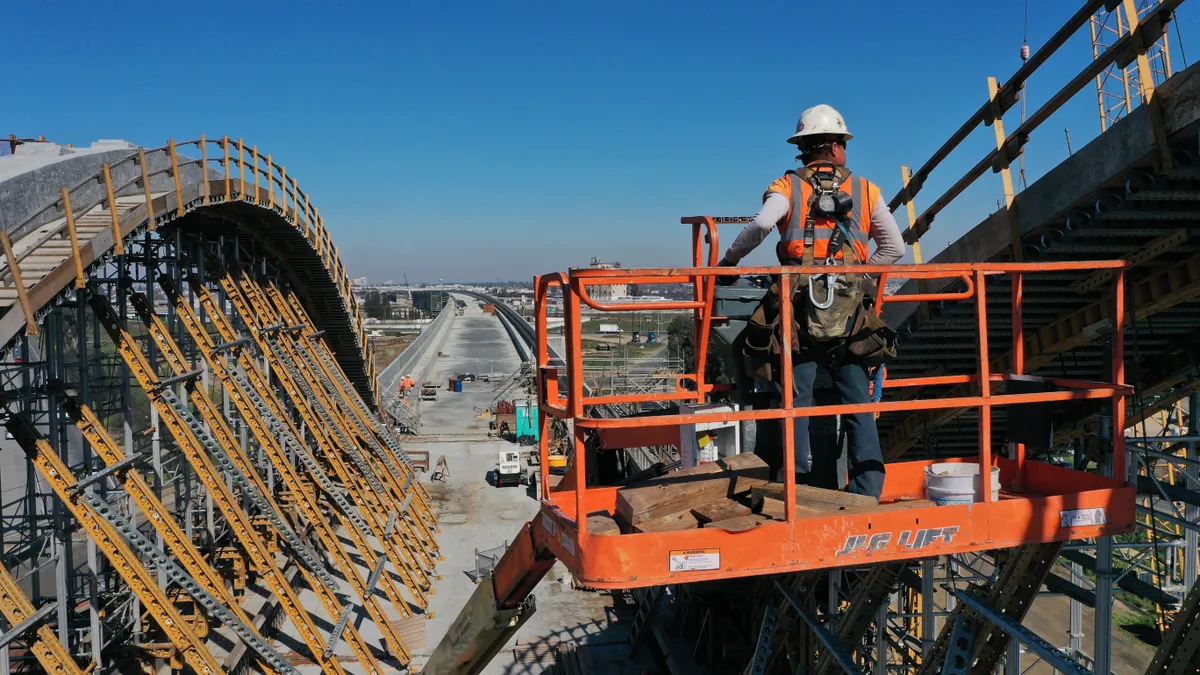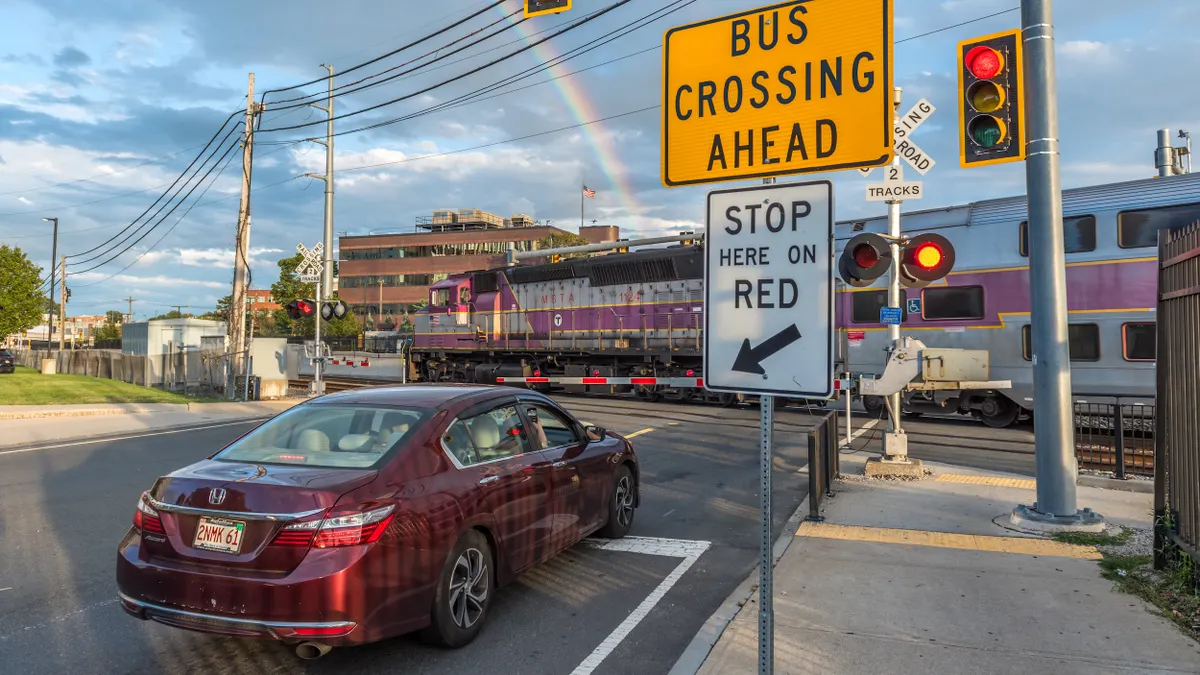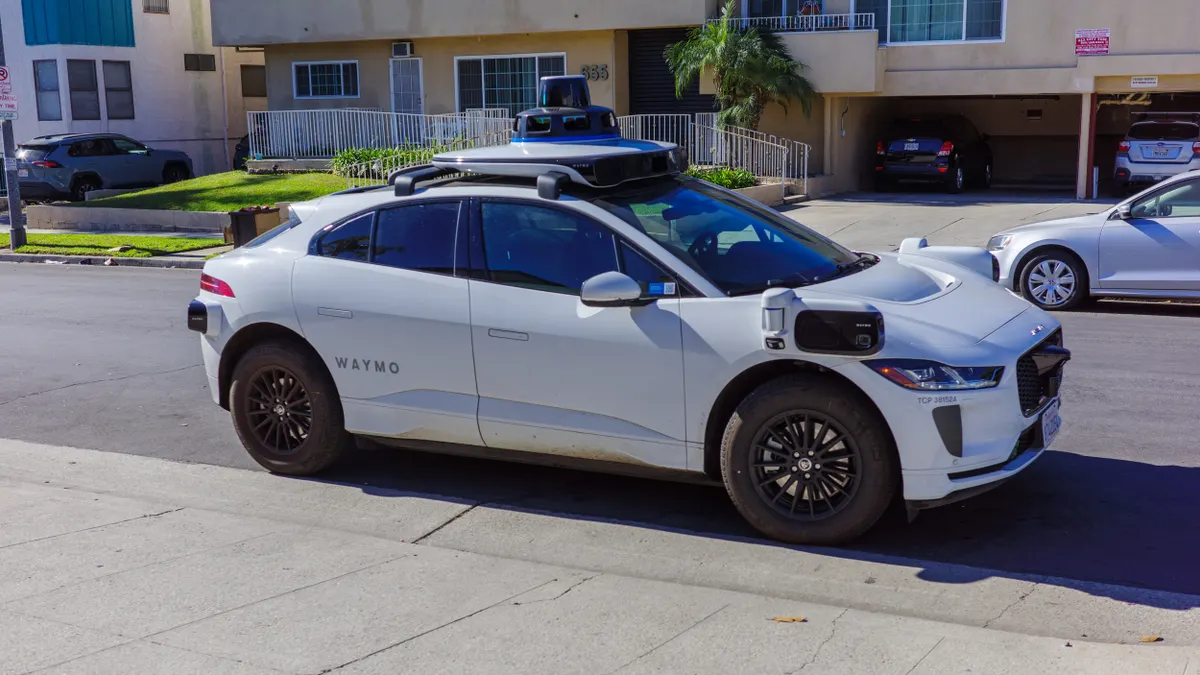Editor's note: This article was originally published in American City & County, which has merged with Smart Cities Dive to bring you expanded coverage of city innovation and local government. For the latest in smart city news, explore Smart Cities Dive or sign up for our newsletter.
The American Society of Civil Engineers (ASCE) recently released their highly anticipated 2025 infrastructure report card. Published just once every four years, the report card tracks all types of infrastructure, from streets and bridges to water distribution and stormwater, then uses an A to F school report card format to assess the current state of the infrastructure condition and needs across the U.S. The good news is that this year’s score improved from a C- in 2021 to a C for 2025, and for the first time no categories were rated to be a D-.
While the report is a welcome opportunity to gauge infrastructure progress from a state and national level, it lacks the detail needed to effectively show how communities compare. That said, it can provide important benchmarks that local and state leaders can lean on to show stakeholders the successes that have been made over the last four years. It can also show the true impact of often-invisible improvements due to federal grants or state projects undertaken as part of a capital plan.
But why wait for an outside group to assess infrastructure every four years? State and local governments should adopt a process to report regularly on their infrastructure improvements. While the report card launch provides valuable information to track progress, in the absence of a pre-existing framework to serve as a guide, it’s on government leaders to take the initiative to develop their own measurement system.
Regular reporting sets expectations and builds trust
No one likes bad news about their infrastructure. But, to set realistic expectations and communicate with community members requires setting service levels, or a baseline expectation of services within constraints like time, money or effort.
For example, establishing service levels for plowing during the winter, including which roads are prioritized and how quickly, can help government leaders and their communities get on the same page about the challenges being faced and the plans in place to fix infrastructure conditions for the future. These conversations build a mutual understanding and trust around the conditions of infrastructure and what’s realistically achievable.
However, doing this successfully requires local and state governments to create their own infrastructure frameworks and communicate their progress throughout the year to show steady improvements. This may seem like a daunting task, and in ways it is, but putting in the effort now to set service levels and communicate with residents will create trust that will carry government leaders through inevitable stumbles. To get there, government leaders must do three things:
House data in a central location. When infrastructure data is easily accessible and in one place, government leaders are better equipped to audit the state of their assets and understand where infrastructure stands and what improvements must be made. Centralized data can also help boost budget accuracy, freeing up funding long-term to reinvest into asset improvement.
Gain real-time visibility into individual assets. To keep government officials accountable and enable them to make smart decisions about what areas of their infrastructure to invest in and prioritize, they need real-time, granular visibility into the state of their infrastructure. This starts with a clear view of the individual assets that make up an infrastructure system, as well as the ability to pull reports on each one to track development and maintain accountability.
Utilize capital planning to prioritize infrastructure projects. Securing funding is often the toughest test for government leaders to pass, but deciding how to use it can be even harder. By building leader-community trust through service level discussions, government leaders will be better equipped to get the funding they need to invest in the areas that are most important to their communities.
Why this matters
According to a recent survey from Brightly Software, most U.S. consumers have a positive outlook of infrastructure investments over the last four years, with 55% agreeing they have seen improvements in their communities. Even better, consumers are engaged and somewhat optimistic, with 3 out of 4 U.S. consumers eager to take a more active role in understanding their local infrastructure.
While consumers want to be aware of the true conditions of their communities, they’re also concerned about funding, as 57% agree their town struggles with budget constraints. Because of this, government officials should encourage their communities to learn more about the true conditions of their communities, as taxpayers don’t always understand the actual cost of maintaining a city and all its infrastructure and services. When residents have a broad understanding of the true costs of infrastructure maintenance, they are more apt to support tax increases to fund their priorities.
For Washoe County, Nevada, this meant examining the demand for repair services and comparing that to their capacity. What the county found was that they could not maintain a reasonable service level because they lacked personnel with the necessary skills. Using the information in their CMMS and asset registry, the county was able to prove the need and receive additional funding to meet the service level.
Using the ASCE Report Card to celebrate progress
If local and state government leaders improve and centralize their data, share insights with their community, and direct funding towards agreed-upon long-term infrastructure priorities, the next ASCE report card can serve as a benchmark against the rest of the state.
Through data, government leaders can show what maintaining a local government costs, and by open communication and pointed efforts to build trust over time, communities can come together to determine infrastructure priorities and investments that lift the entire town toward its goals.
Commentary is a space for state and local government leaders to share best practices that provide value to their peers. Email Smart Cities Dive to submit a piece for consideration, and view past commentaries here.
About the Author
Jennifer Perkins is a senior government industry specialist at Brightly Software, a Siemens company. She has more than 25 years of experience in the state and local government and education sectors as a practitioner, consultant and industry advisor. She was previously CIO for the city of Boston.

















